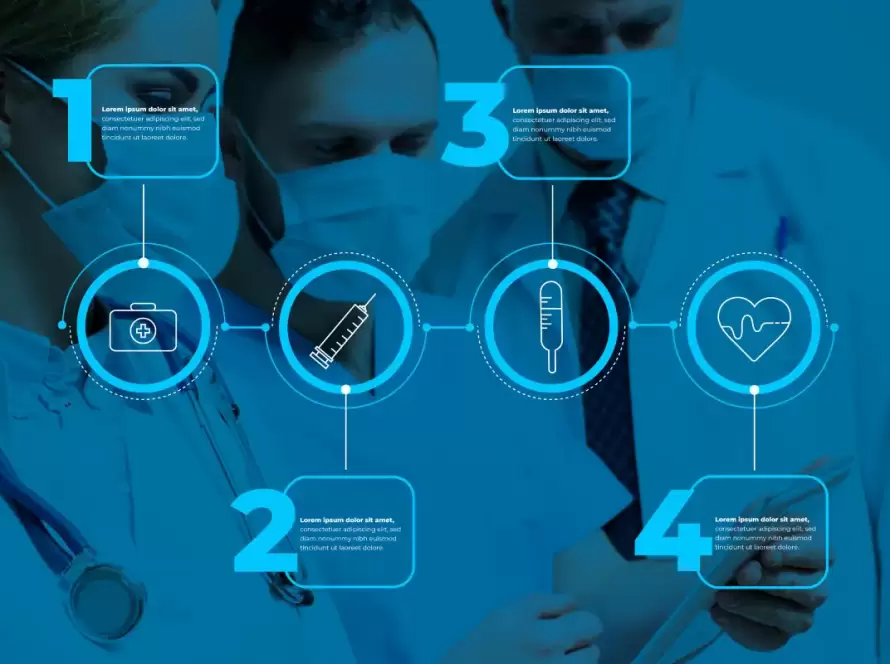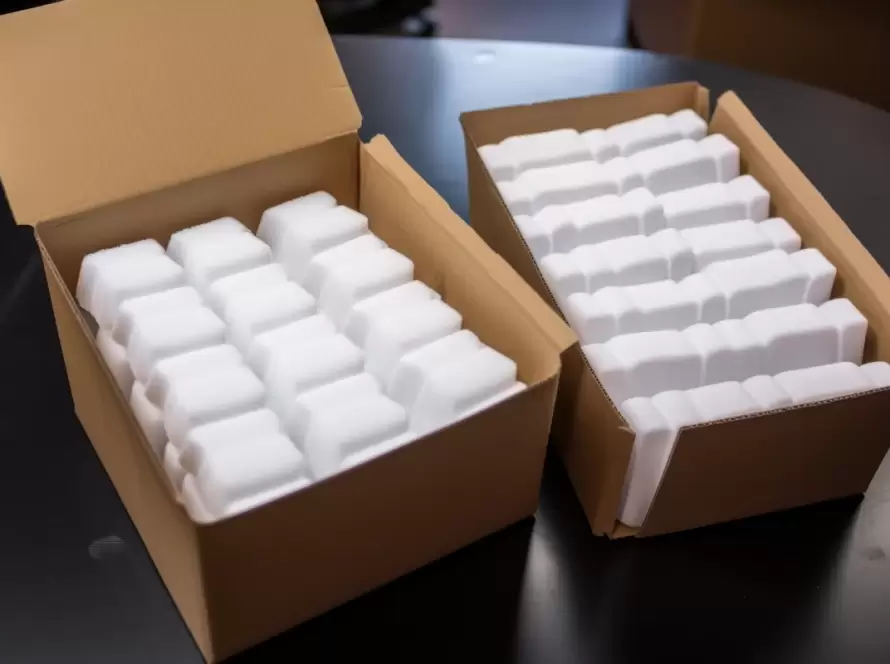Duplicate or fake medicines are called Counterfeits. Counterfeit medicines are purposely misrepresented in terms of their identification, source, or legitimacy. These duplicate medicinal products are manufactured and distributed on purpose to fool consumers by imitating real and genuine medical products. Both emerging and developed nations are home to fake medicines, which includes prescription drugs, over-the-counter drugs, and even life-saving drugs. Counterfeits come in a variety of ways. In a few cases, the counterfeit product may include inaccurate or inefficient ingredients, inappropriate dosages, or poor manufacturing practices. In more severe cases, counterfeits may contain hazardous compounds such as poisonous chemicals, improper active components, or even inert ingredients that are hazardous to one’s health. These fake pharmaceuticals are frequently packed and labeled to closely mimic legal products, making consumer identification difficult. The public’s health is significantly in danger from counterfeits. Unknowingly taking fake pharmaceuticals can result in medical illnesses not being treated properly, can worsen symptoms and the disease, leading to treatment failure and results in death.
The widespread availability of counterfeits is a global phenomenon and a challenge. The Centre for Medicine in the Public Interest estimates that the global growth rate of sales of fake medicines is about 13% a year, roughly twice as fast as that of genuine medicines. Counterfeit or illegal medicines are introduced to the market in a variety of ways, taking advantage of weak points in the supply chain and regulatory oversight.
The following are some of the typical methods by which counterfeit or illegal medicines might enter the market:
1. Illegal production: Illegally operating manufacturing units are involved in the production of the counterfeits. These operations can range from modest backyard setups to highly developed labs that can create accurate reproductions.
2. Unauthorized circulation routes: Counterfeits can enter the market via unapproved and unauthorized distribution channels. This may entail removing genuine goods from the authorized supply chain and substituting them with counterfeits. This can happen at any stage of the distribution chain, from manufacturing units to central hubs and other distribution partners such as wholesalers and pharmacies.
3. Weak regulatory frameworks: Market penetration of counterfeit or illegal medicines is possible in nations with insufficient legal frameworks or enforcement resources. Corruption, insufficient inspections, and inefficient licensing procedures can all help drugs that are fake get past checkpoints.
4. Parallel trading: Drugs that are legitimately meant for one market may occasionally be diverted to another market where they might be sold for more money. It can be challenging to discern between genuine and fraudulent items since counterfeiters may inject fake drugs into the supply chain that has been diverted during this procedure.
5. Repackaging and relabeling: Counterfeiters can purchase real innovator drugs and generic drugs, take them out of their original packing, and put a fake version in its place. It can be difficult to spot the counterfeiting because the counterfeits are often repackaged and relabeled to look authentic.
6. Internet pharmacy: Illegal online pharmacies frequently run erroneously and without control, facilitating the sale of illegal drugs to ignorant buyers.
Criminal organisations looking for financial gain are mostly responsible for the creation and sale of illegal drugs. These businesses make money from the sale of counterfeit drugs. Currently, a shortage of financial resources, a dearth of cooperation between territories, and poor anti-counterfeiting laws in some areas limit the ability of law enforcement authorities to recognize and bring charges against counterfeiters.
It is advised to follow certain norms while purchasing the innovator drugs and generic drugs. This includes getting prescriptions from qualified healthcare providers, avoiding buying prescription drugs without a valid prescription, looking for certification seals and checking the pharmacy’s credentials before making a purchase. Most of the genuine brands display brand-specific identifiers like holograms, distinctive markings, or serial numbers etc. One should familiarize oneself for such identifiers and verify them at each purchase to guarantee a genuine product. Illegal online pharmacies can make false claims in terms of prices and discounts to lure the consumers. One should be wary of such advertisements and should refrain from accessing such websites.
Effectively combating counterfeit drugs necessitates a multifaceted strategy involving numerous stakeholders such as vigilant consumers, pharmacists, healthcare professionals as well as government drug control departments and enforcement agencies. Safeguarding the supply chain, online trade monitoring, and public education and awareness are few of the key requirements to contain the menace of counterfeit medicines. Tightening laws and monitoring procedures, boosting supply chain security, developing technologies for drug identification and verification and public awareness and education are few of the initiatives that can help counter counterfeits in the long run.


